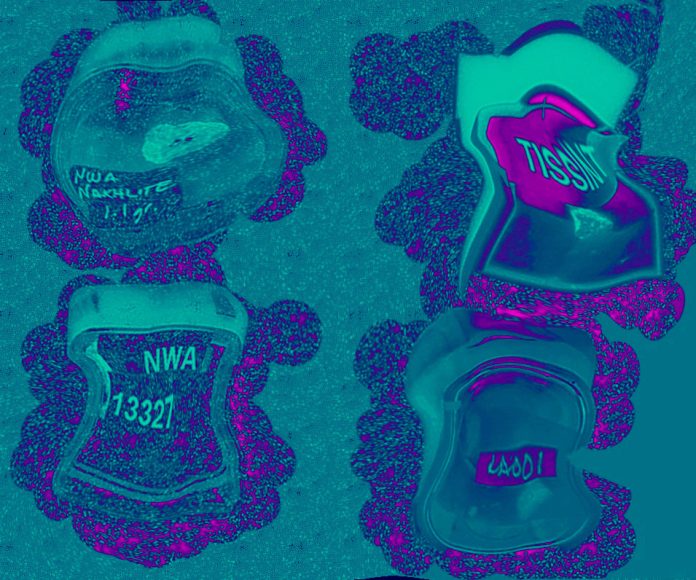Here is the story:
It is commonly accepted that you need three conditions for life to start:
- A source of Organic Molecules
- A solvent (water )
- A source of energy to power the start of life
Each of the minerals shown in this exhibit are hypothesised to comply with a certain context for the origin of life, i.e.:
- Under water to protect from impacts on surface [1]
- On surface to get wet/dry cycles [2]
- Compartments on surface for organic molecules [3]
- Enough dry land to create boron to help RNA [4]
- Method to transfer Mars life to Earth [5]
- Method to transfer organic molecules to planet [6]
- Method to transfer water to planet [7]
- Method to transfer phosphorus to planet [8]
- Protection and wet/dry cycles [9]
Apart from the above mentioned conditions for life to originate, additional considerations, historically, include:
- The piece of the Murchison meteorite contains organic molecules
- The crust of a rocky planet contains enough water to create an ocean
- The sources of energy and location for the start of life have changed over 50 years
In the 70’s, it was thought to be clay (i.e., see montmorillonite phyllosilicate)
In the 80’s, it was thought to be black smoker vents on the ocean floor (i.e., see pyrite mineral)
In the 2000’s, it was thought to be white smoker vents on the ocean floor (i.e., serpentinization of the mineral Olivine forming serpentine, magnetite, brucite)
In 2013, it was thought to be Mars because it had enough dry land to create boron to stabilize ribose in RNA (A Martian meteorite like Tissint. Here we give you a photo of Black Beauty )
In 2015, it was thought to be surface hot springs (sinter)
In 2016, it was thought to be volcanic island splash pools (opaline silica)
In 2017, it was thought to be sediment at the bottom of the ocean in silica gel which precipitates into chert
In future years, we expect that there will be new sources of energy and additional locations for the start of life from new theories.



